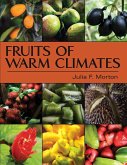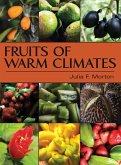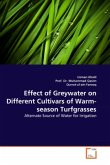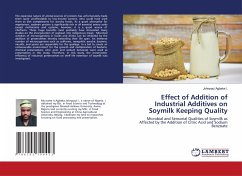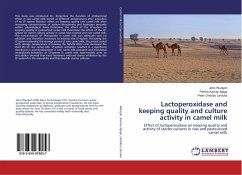Heating systems are the largest factor in determining the environmental as well as economic impact of running a winter greenhouse. As heating winter greenhouses proves very costly, environmental sustainability is often marginalized in the pursuit of minimizing heating system expenditures. This paper examines a range of heating systems (natural gas, propane, waste-heat water, biodigester, biomasss, geothermal, and solar power) to determine which is the most economical and environmentally responsible. A literature review was conducted examining the proposed heating systems, comparing the average Btu consumption values both for large and small greenhouses maintained at 50°F, during a typical winter season from October to March. The results of this review indicate that ground source heat pumps provide the most effective solution to heating a winter greenhouse in Minnesota, taking into account both the environmental and economic costs.
Bitte wählen Sie Ihr Anliegen aus.
Rechnungen
Retourenschein anfordern
Bestellstatus
Storno


